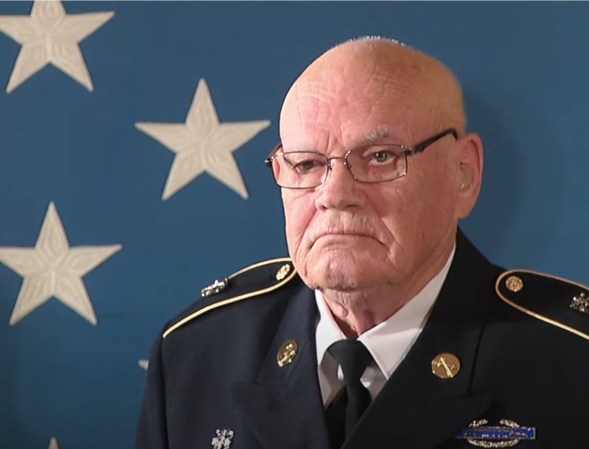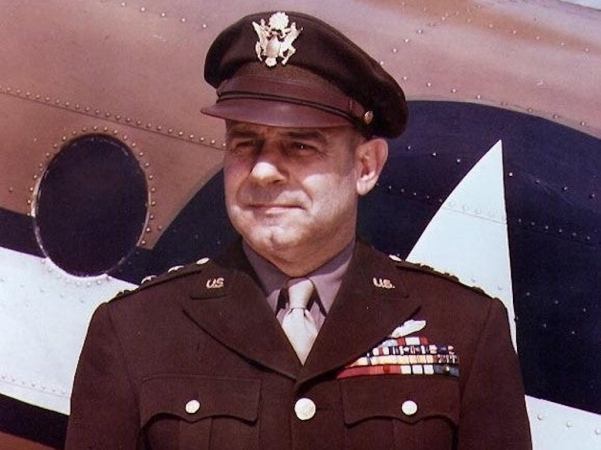One of the signature wounds of the War on Terror has been the traumatic amputation of limbs. Today, advanced prosthetics help wounded troops recover much of their independence and live their lives more fully than those who’ve lost limbs in the past. And while the science and engineering of prosthetics has markedly advanced, the military is working on ways to make those prosthetics flesh and blood– including innovative technology using salamanders.

According to military doctors and scientists, Army medical researchers are trying to figure out how salamanders are able to re-grow their limbs, and apply that to wounded troops who have lost limbs.
“What we’re trying to do is develop a toolkit for our trauma and reconstructive surgeons out of various regenerative medicine products as they emerge to improve long-term outcomes in function and form of injured extremities,” Lt. Col. David Saunders said during a recent Military Health System research symposium.

The symposium also featured technologies closer to current science. A number of projects involving synthetic grafts have shown amazing potential, including one involving bone fillers that are treated to reduce the possibility of infection. Other projects have focused on recovering or preserving nerves, or regrowing muscle.
One researcher is even looking at a mouse to help improve the treatment of burn victims. In this case, the African spiny mouse has been known to lose much of its skin to escape a predator, yet it can quickly recover the skin with a minimum amount of scarring.

“Warfighters and civilians alike suffer large surface [cuts] and burns, and these result in medically and cosmetically problematic scars,” said Dr. Jason Brant of the University of Florida. “The ability to develop effective therapies will have an enormous impact not only on the health care system but on the individuals as well.”
One Army officer, though, is developing biocompatible sponges that can also reduce scarring by promoting better skin healing. Major Samuel Tahk of Fort Detrick noted that in addition to the sponges being a step along the path towards furthering regenerative medicine, the devices could also cut costs by making treatment of patients simpler.

With this host of new technologies inspired by humble salamanders, it’s no wonder Saunders is excited, not only noting that wounds to limbs have become far more survivable, but also about the many advances “emerging in the field of regenerative medicine to restore form and function to our wounded warfighters.”

























